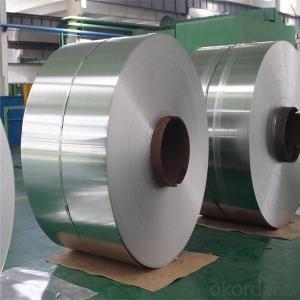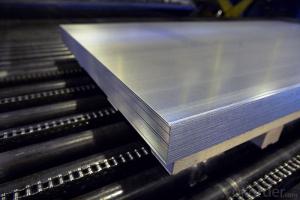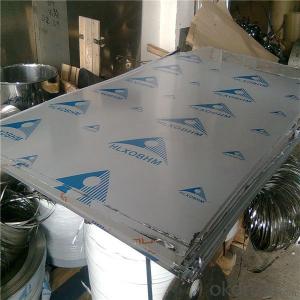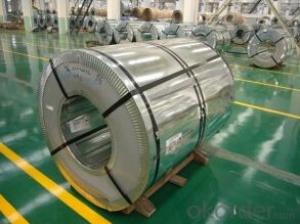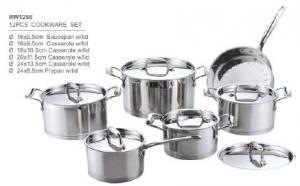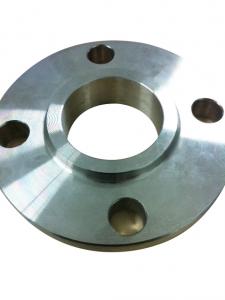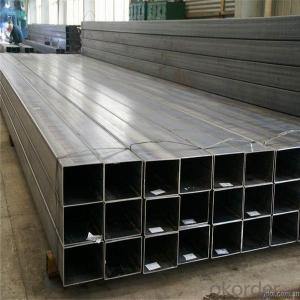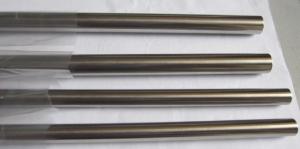Sus 304 Stainless Steel Faucet
Sus 304 Stainless Steel Faucet Related Searches
Best Paint For Stainless Steel Blanket Insulation For Steel Buildings Primer For Galvanized Steel Foam Filter For Stainless Steel H S Code For Stainless Steel Surface Grinding Wheels For Stainless Steel Surface Grinding Wheels For Hardened Steel Hole Saw For Stainless Steel Paint For Stainless Steel Stainless Steel For BbqHot Searches
Steel Mesh Panels For Sale Price For Stainless Steel Scrap Scrap Price For Stainless Steel Price For Stainless Steel Stainless Steel Tank For Sale Stainless Steel Sheets For Sale Cheap High Tea Sets For Sale Stainless Steel Tanks For Sale Stainless Steel For Sale High Density Fiberboard For Sale Solar Hot Water Collectors For Sale Scaffolding For Sale In Uae Scaffolding For Sale In Ireland Scaffolding For Sale In Houston Type Of Inverter For Solar Price Of Shipping Containers For Sale Types Of Inverter For Solar Stock Price For Aluminum Used Solar Inverter For Sale Steel Mesh Panels For SaleSus 304 Stainless Steel Faucet Supplier & Manufacturer from China
Okorder.com is a professional Sus 304 Stainless Steel Faucet supplier & manufacturer, offers integrated one-stop services including real-time quoting and online cargo tracking. We are funded by CNBM Group, a Fortune 500 enterprise and the largest Sus 304 Stainless Steel Faucet firm in China.Hot Products
FAQ
- Why pickling before cleaning stainless steel pipe oil?
- Because of this, it can make a good foundation for the formation of passive film on the premise of the effective place, the magazine and the oxide, so as to make the passivation film more compact and improve the passivation effect!!
- There are several types of stainless steel pipe supports, including pipe hangers, pipe clamps, pipe saddles, and pipe brackets. These supports are designed to securely hold and stabilize pipes in various applications and ensure proper alignment and distribution of weight. They come in different shapes, sizes, and configurations to accommodate different pipe diameters and mounting requirements.
- The specific grade of stainless steel being utilized determines the maximum temperature that can be endured by stainless steel pipes. Generally, stainless steel possesses a reputation for its exceptional resistance to high temperatures and can maintain its structural integrity within a temperature range of -150°C (-238°F) to 1100°C (2012°F). Yet, the precise maximum temperature differs depending on variables including the grade of stainless steel, the intended use, and the length of time exposed to elevated temperatures. To ascertain the maximum temperature limit for a specific stainless steel pipe, it is crucial to refer to the manufacturer's specifications and guidelines.
- Stainless steel pipe is mainly used in what areas?
- According to the use of stainless steel pipe can be divided into oil well pipe (casing, tubing and drill pipe etc.), line pipe, boiler tube, mechanical structure, hydraulic prop pipe pipe, cylinder pipe, geological pipe, chemical pipe (high pressure fertilizer pipe, oil cracking tube) and shipbuilding pipe etc..
- Stainless steel pipes possess the ability to endure high temperatures. The exceptional heat resistance of stainless steel makes it suitable for a wide range of applications involving elevated temperatures. The maximum temperature the pipes can withstand is determined by the specific grade of stainless steel employed. For example, austenitic stainless steel grades like 304 and 316 are typically capable of handling temperatures up to approximately 1600°F (870°C), whereas higher alloyed grades such as 310 and 321 can withstand even higher temperatures. This heat resistance is attributed to the presence of chromium and other alloying elements in stainless steel, which create a protective oxide layer that prevents corrosion and oxidation at high temperatures. Consequently, stainless steel pipes find common use in industries like petrochemical, power generation, and heat exchangers, where high temperatures are prevalent.
- To clean stainless steel pipes, there are a few methods you can use depending on the level of dirt or grime. Firstly, you can start by using warm water and a mild detergent. Mix the detergent with water and use a soft cloth or sponge to wipe down the surface of the pipes. Make sure to go in the direction of the grain to avoid scratching the steel. Rinse the pipes thoroughly with clean water and dry them with a clean, lint-free cloth. If the pipes have tougher stains or buildup, you can try using a vinegar solution. Mix equal parts of vinegar and water and apply the solution to the pipes. Allow it to sit for a few minutes to dissolve the stains, then scrub gently with a soft brush or cloth. Rinse the pipes well with clean water and dry them thoroughly. For more stubborn stains or discoloration, you can use a specialized stainless steel cleaner or polish. Follow the instructions on the product, usually applying it to the pipes and rubbing it in with a soft cloth. Again, make sure to go in the direction of the grain. Rinse the pipes thoroughly with clean water and dry them completely. It is important to note that abrasive cleaners or scrubbing pads should be avoided as they can scratch the stainless steel surface. Additionally, always test any cleaning solution or product on a small, inconspicuous area of the pipes before applying it to the entire surface to ensure it does not cause any damage or discoloration.


















